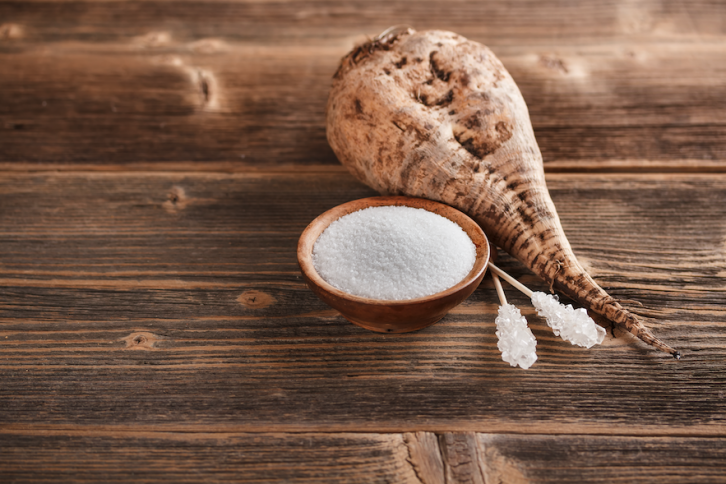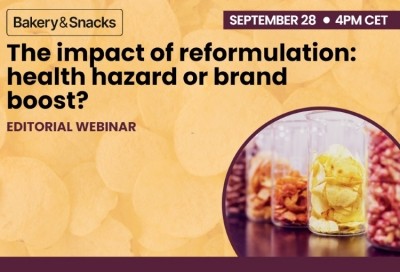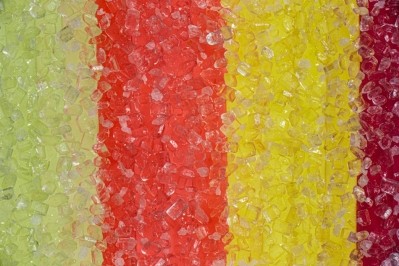Sugar reduction special - guest post
Taste without sacrifice – how food companies are meeting consumer demands for healthier products

Yet sugar reduction is not always straightforward, because consumers still expect a great tasting product – they truly want it all! The reformulation of foods and beverages to reduce levels of calories and/or sugars without sacrificing taste, appearance, textural attributes, nutritional properties, and cost - while maintaining a clean label - is challenging. The reality is that sugars play various roles in food and beverages. They are important for textural attributes (viscosity and mouthfeel) as well as taste attributes (sweetness and flavor enhancement) and their contributions to shelf-life stability. In discussion with our customers, trade-offs between the different needs and requirements must be addressed.
A sweeter solution
Manufacturers looking to meet this demand will typically turn to sweetener options, but not all sweeteners are created equal. Sweeteners are not exempt from the ‘clean label’ trend, and we are increasingly seeing consumers actively seeking out nature derived solutions over E-numbers or chemical-sounding ingredients. Sweeteners sourced from nature derived origins, such as honey, stevia and stevia leaf extract, tend to be perceived as healthier alternatives for those looking to satisfy their sweet tooth.
At Cargill, innovation is at the centre of everything we do and is essential to creating value for our customers. We offer a broad portfolio of nature-derived sweeteners to help meet differing customer and consumer sweetness expectations, including full- and low-calorie sweeteners made from or using corn and wheat (e.g., glucose- and glucose-fructose syrups, dextrose and polyols), and no-calorie sweeteners including erythritol and stevia sweeteners.
Stevia is a natural fit for consumers seeking nature-derived alternatives to sugar. Since EU approval in 2011, stevia-based sweeteners have quickly become a favorite high-intensity sweetener. Our current stevia product range in Europe includes Truvia and ViaTech stevia leaf extracts, which are easy-to-use, heat-stable, zero-calorie options for a wide range of applications.
Sustainable sourcing is also factoring into a growing number of food and beverage manufacturers’ purchasing decisions. It’s a priority for us as well. The Cargill Stevia Sustainability Agricultural Standard was the industry’s first stevia standard and, in our opinion, remains the most comprehensive as at today. Traceability is built into this system, enabling us to trace every lot of our Truvia and ViaTech stevia back to the farmers and cooperatives who planted the crop. This industry-leading standard has been externally verified and benchmarked as a silver level program by the SAI Platform’s Farm Sustainability Assessment 3.0.
Sugar Reduction Tools
As confectioners consider sugar reduction, it is worthwhile to recap sugar’s role in these formulations. While most often associated with sweetness, sugars also have important nutritive, sensory, physical and preservative properties. Because of this, the successful reduction of sugars in confectionery often requires a longer list of ingredients. Further complicating the formulation picture, no single solution will work for every confectionery application, and in the European Union, different tools are possible, depending on a brand’s sugar- and calorie-reduction goals.
If the aim is simply declarable sugars reduction (without corresponding calorie reduction), formulators might opt for low DE glucose syrups. Cargill’s portfolio includes options with declarable sugars as low as 12%. With similar functionality to their full-sugar counterparts, swapping in a low DE glucose syrup can be a first step on a sugars-reduction journey, enabling consumers to acclimate to a less sweet-tasting product.
When developers aim for calorie-reduced or no-added-sugars confectionery, polyols and high intensity sweeteners like stevia come into play. In particular, polyols, also known as sugar alcohols, are widely used in this space. Most, including maltitol, mannitol, sorbitol and isomalt, are considered low-calorie sweeteners (2.4 kcal/g vs 4 kcal/g for sucrose). They are metabolized differently than carbohydrates like sugar, glucose and starch, leading to a caloric value lower than that of other sugars. The lone exception is erythritol, which is a zero-calorie sweetener.
Available in powders and liquid syrups, polyols have a pleasant, clean taste, with body, mouthfeel and taste profiles similar to sucrose. However, because their sweetness is less than that of sugars, they are often used in conjunction with high intensity sweeteners like stevia.
Each polyol offers unique functional attributes, with varying relative sweetness, solubility and heat of solution. Mannitol is often used in chewing gum coating, while maltitol, with its high relative sweetness, comes the closest to mirroring sugar’s sweet taste. Depending on the application and the amount of sugar replacement required, formulators may use blends of different polyols to achieve their product development goals.
For example, Cargill offers blends of isomalt and maltitol, which can improve the processability and texture of hard-boiled candies. Then there is erythritol, the up-and-comer in the confectionery space. Produced via a fermentation process with yeast, erythritol has great oral care properties and a strong cooling effect – making it a good fit especially in the “refreshing” mint candy and chewing gum space. Its clean, sweet taste – delivering 70% of the sweetness of sucrose – is another key benefit, as is its synergistic effect with stevia. Plus, the zero-calorie sweetener offers high digestive tolerance compared to other polyols, an important consideration for indulgent products like candy.
As noted, stevia is a common polyol partner thanks to its sweetness - varying between 150-300 times sweeter than sucrose, which helps to boost sweet taste. Consumers show growing interest in stevia both due to its “nature-derived origin” compared to artificial high intensity sweeteners and the improved taste performance of the latest generation stevia extract. Furthermore, while some high-intensity sweeteners are sensitive to heat, pH and/or humidity, stevia performs well across a wide range of processing conditions.
When it comes to sugar reduction, the possibilities are endless, and the future is bright. Here at Cargill, we are setting new standards for innovation and collaboration, by anticipating future trends and while investing in research, innovation and reformulation - all to help us co-create more effectively with our customers and help them to accelerate their growth.
- Arzu Kerim, is a senior Application Specialist at Cargill






